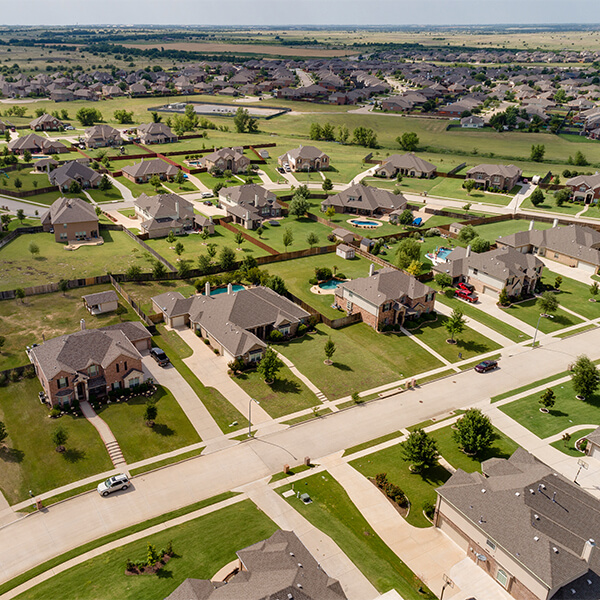Radon is a radioactive gas that can seep into buildings from the ground. It is a natural byproduct of the breakdown of uranium in soil, rock, and water, and it can enter all manner of buildings through cracks and other openings in the foundation. While it is a naturally occurring gas, long-term exposure to indoor radon can pose serious health risks. Unfortunately, Texas is one of the states with higher radon levels, especially in certain geographical regions (particularly on the Panhandle).
Radon Risks in Texas
The health risks associated with radon exposure are well-documented. Radon is the second leading cause of lung cancer in the United States, after smoking, and it’s estimated to be responsible for about 21,000 lung cancer deaths each year. The risk of lung cancer increases with higher radon exposure levels and longer exposure times, and it’s especially high for smokers and former smokers.
While radon is present in all parts of the country, some areas have higher levels due to their geology and soil composition. In Texas, radon is a common problem, with the Southern High Plains, Central High Plains, and North Central Plains areas showing the highest recorded levels. However, radon can be present in homes and buildings throughout the state and can vary widely from house to house, even in the same neighborhood.
Radon Testing in Texas
To ensure the safety of your home, it’s recommended to test for radon at least every two years. Testing for radon is the only way to know if your home or business has an issue with indoor radon. Radon levels can fluctuate over time and new sources of radon can arise, making it crucial to take proactive measures to protect your family’s health.
In some situations, it’s highly recommended to test more frequently, including after a radon mitigation system installation, changes to the home’s foundation or ventilation, or moving to a new home. While the Texas Radon Group offers free DIY radon test kits, it is strongly recommended to opt for professional testing for accurate results.
Radon Mitigation in Texas
If your radon test results indicate high levels of radon in your home or building, it is crucial to install a radon mitigation system to reduce radon exposure. The most common type of radon mitigation system is a sub-slab depressurization system, but other types of systems may be appropriate depending on the design of your home or building. There are also a variety of passive radon mitigation construction methods that can be implemented during the building process of new homes or commercial properties.
Radon mitigation methods are highly effective, with some systems able to reduce up to 99% of radon levels in a home. In fact, most homes can be fixed for a similar cost to other common home repairs. The price will depend on factors such as the size of the home, the foundation design (basement, slab-on-grade, or crawl space), the level of radon, and the specific mitigation method needed.
Professional Radon Management in Texas
Unfortunately, Texas does not have any state certifications for radon testing or laws requiring radon mitigation measures. This means that homeowners must take the initiative to test their homes and mitigate any high levels of radon on their own. However, it’s important to keep in mind that not properly mitigating your home can result in even higher concentrations of radon, so it’s crucial to take the necessary steps to protect your health and that of your loved ones.
Per the EPA and Texas Tech University, it’s highly recommended that you hire use NRPP certified radon inspectors and mitigators to ensure the most accurate and effective testing and mitigation. At Southwest Radon Eliminators, our professional testing services employ the latest equipment and stringent protocols to identify the root cause of radon in your home and develop customized strategies for mitigation. Our NRPP licensed and certified Radon Measurement Professionals use advanced tools and have undergone rigorous training to provide the highest quality radon testing and mitigation services, ensuring the safety of your home and family.
